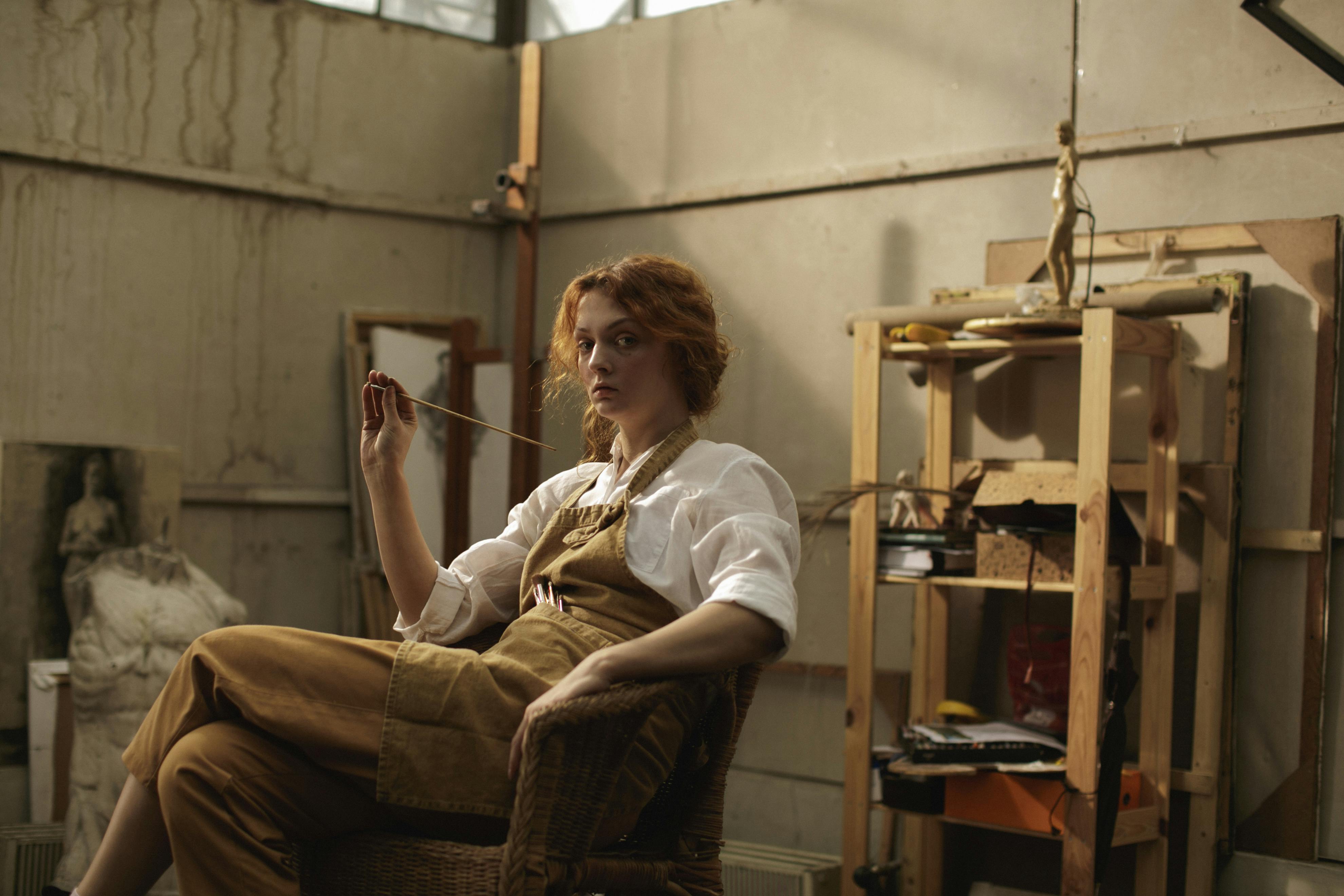The magnifying glass is one of the oldest devices used to improve eyesight. Historians seem to agree that the Romans were the first to discover glass in the first century AD The Egyptians had discovered an almost transparent glass, called obsidian, which was used to see small objects.
The Romans were probably looking through glass and found that the objects appeared larger. They experimented with different shapes and found that glass that was thicker in the center and thinner on the outside magnified the object being viewed. They also discovered that the sun’s rays could be concentrated enough to start a fire. They called these vessels “burning vessels.” These glasses were shaped similar to lentils, so the word “lens” comes from the Latin word for lentil. The benefits of these lenses were not appreciated until the 13th century, when scientists used them to study small insects. So they were called “flea glasses”.
During the 16th century the first primitive microscopes using multiple lenses were invented and a new industry was born. Loupes continued to be used for low levels of magnification, compared to the magnification capabilities of microscopes. Telescopes were soon invented using lenses that were arranged differently inside a tube.
Modern loupes are doubly convex lenses and make objects appear larger. The lens is convex on both sides, ie. thickest in the middle. When viewing objects, light rays are bent toward the center of the lens, making the object appear larger than it is to the naked eye. Each loupe has a focal length, which is the distance from the optical center of the lens to the point where light rays converge. The focal length of any lens is determined by the radius of the curve on the face of the lens. The mathematics describing magnification is relatively straightforward and can be found in comprehensive physics textbooks.
Loupes are now manufactured in many configurations. The basic magnifying glass has the glass attached to a handle, which can be made of almost any rigid material. Many different sizes are available from small compact round pocket magnifiers to large rectangular full page magnifiers. Many have built-in lighting systems to allow the user to see objects better.
The magnifying glass would have to be one of the simplest aids available today for people who want to study small objects, for people who have trouble seeing text in newspapers and books, as well as a handy tool to take outdoors as fire starter. .
Loupes of almost any configuration are available in many stores and online.

